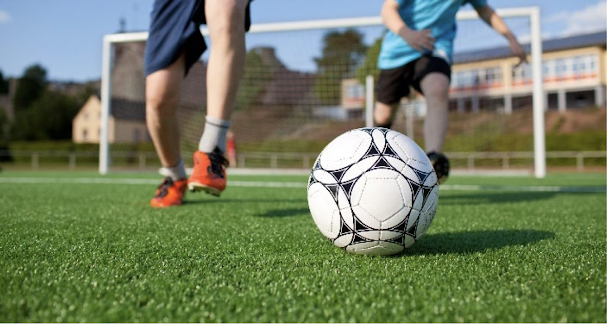How can LGUSD conclude artificial turf WITHOUT recycled tires is non-toxic when our own state agency has this as a high priority open question??
If the agency concludes artificial turf is a Priority Product, it will become a requirement for manufacturers to label the toxic chemicals in it so that consumers are aware.
"Artificial turf can also be referred to as synthetic turf, SynTurf, AstroTurf, artificial/synthetic grass, or plastic grass. It is composed of a backing layer foundation, blades resembling grass, and a filling that serves as shock absorbing material. The backing and fiber layers are made of similar materials as carpets and rugs, such as polyvinyl chloride, polypropylene, nylon, and polyurethane. According to the Synthetic Turf Council, there are currently between 12,000 and 13,000 synthetic turf sports fields in the U.S., with 1,200 to 1,500 new installations each year (STC 2020). It is estimated that by the end of 2020, 750 fields will be replaced each year, with the average field containing approximately 40,000 pounds of plastic carpet and 400,000 pounds of infill, accounting for over 300 million pounds of waste annually (STC 2017).
The use of artificial turf at outdoor facilities is of concern since they are frequently used by sensitive subpopulations, including young children. While air circulation is generally better in an outdoor application, there is also an increased potential for exposure to Candidate Chemicals in turf due to faster material degradation by outdoor elements, such as ultraviolet light, and high- friction athletic use; in addition to increasing the release of chemicals from artificial turf during use, these factors also affect the product’s life and make it necessary to replace it every eight to 10 years (STC 2017).
The SCP Program is interested in this product due to multiple public comments received on our proposed regulations to list carpets and rugs containing PFASs as a Priority Product. While there are numerous reports regarding the presence of many Candidate Chemicals in artificial turf, recent data has emerged regarding the presence of PFASs (Lerner 2019; Abel 2019; Ecology Center 2019; RTI Laboratories 2019a; PEER 2019; RTI Laboratories 2019b). The SCP Program has previously evaluated PFASs in carpets and rugs, as well as other consumer products. As with carpets and rugs, PFASs may be used in the manufacture of artificial turf as an aid in molding and extrusion of the plastic blades, or may be applied to the finished product to enhance surface properties (Kulikov 2005; Lambert 2007). The PFASs present in artificial turf have a similar potential to contribute to or cause adverse impacts to sensitive subpopulations. Therefore, the program plans to leverage its prior work on PFASs in carpets and rugs and other products to begin with an evaluation of PFASs in artificial turf. We will also explore the presence of other Candidate Chemicals in artificial turf as future priorities and resources allow.
Over the past several years, products in this category have been a significant focus of the SCP Program. We previously adopted regulations to list spray polyurethane foam with unreacted methylene diphenyl diisocyanate (MDI) and paint or varnish strippers containing methylene chloride as Priority Products; both are now in the Alternatives Analysis stage of the SCP regulations’ four-step process. And, as noted in the previous section, we are in the process of adopting regulations to list carpets and rugs containing PFASs as a Priority Product; this proposed Priority Product includes items from this category such as wall-to-wall carpets. We are also currently preparing a formal regulatory proposal to list paint and varnish strippers and graffiti removers containing N-methylpyrrolidone as a Priority Product."
